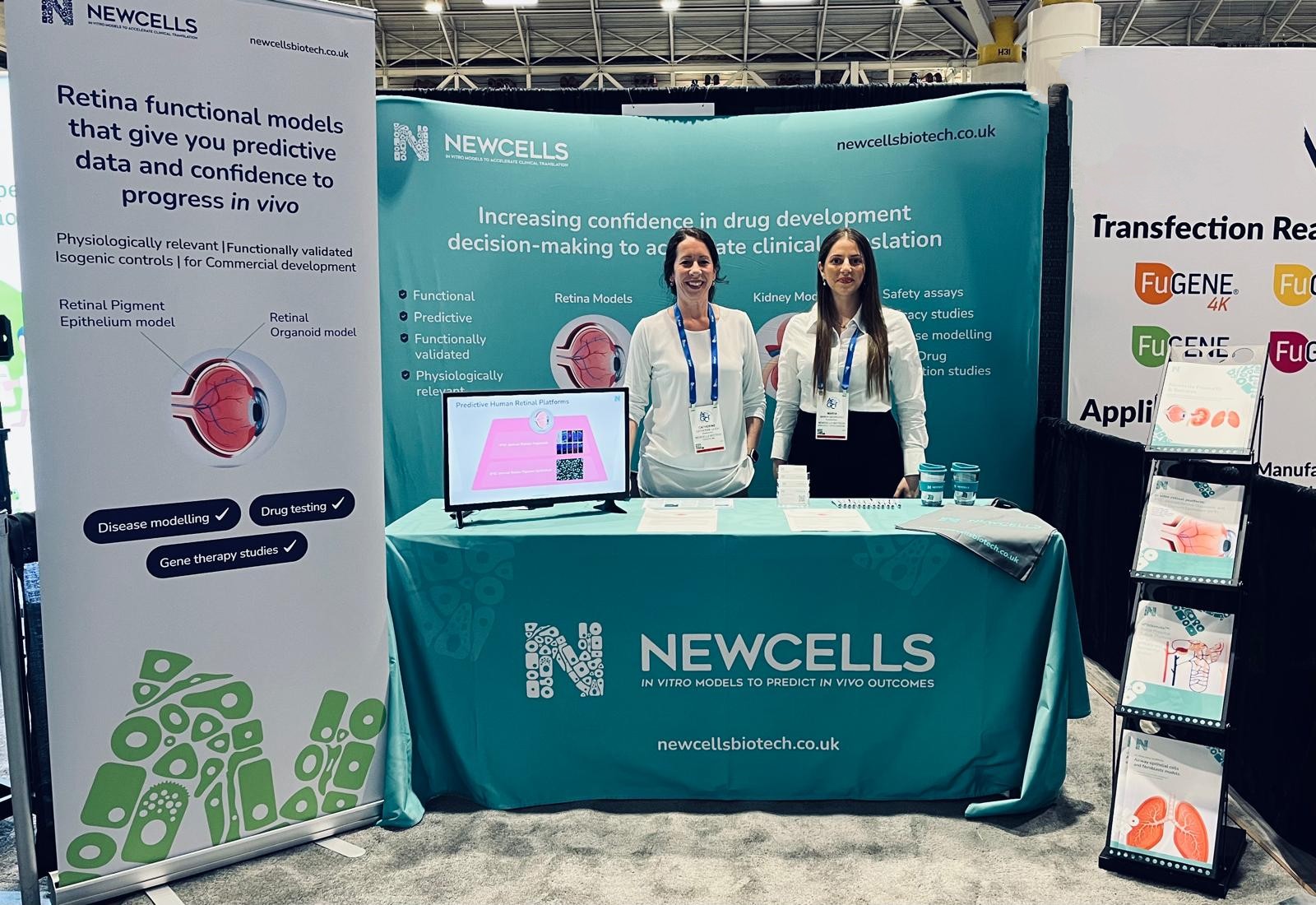ASGCT 2025: Transforming Gene and Cell Therapy
The 28th Annual Meeting of the American Society of Gene & Cell Therapy (ASGCT), held from May 13–17, 2025, in New Orleans, brought together a diverse global community of scientists, clinicians, biotech innovators, regulatory experts, and patient advocates. This year’s conference offered a comprehensive overview of a field undergoing rapid transformation, highlighting progress from foundational science to actionable clinical strategies and improved patient access.

A central theme of the meeting was the expansion of the gene and cell therapy toolbox. Researchers and clinicians are moving beyond traditional modalities by adopting new technologies and delivery platforms. Innovations such as in vivo engineering, nonviral systems like lipid nanoparticles (LNPs), and epigenetic modulation tools are laying the groundwork for more precise, durable, and scalable therapies. These advances are enabling applications that go beyond monogenic diseases, extending into complex, multifactorial conditions, including difficult-to-treat neurological disorders like prion diseases.
RNA-based therapies also featured prominently as a rapidly evolving platform. Building on the success of mRNA vaccines, researchers are now leveraging RNA for therapeutic gene expression in ways that do not integrate into the genome and allow for transient expression. This flexibility is particularly valuable for diseases requiring regulated or time-limited treatment, making RNA tools essential for both short-term and potentially long-lasting interventions.
Innovations in delivery strategies were another major highlight. A promising technique discussed was focused ultrasound, which can temporarily open the blood-brain barrier, enhancing the delivery of gene therapies to the central nervous system. This method offers a less invasive and more targeted option for treating neurodegenerative diseases. Simultaneously, improvements in viral vector engineering, such as optimised plasmid designs and high-yield cell lines, are significantly increasing the scalability and cost-effectiveness of adeno-associated virus (AAV) production, key to broader clinical and commercial deployment.
Gene editing technologies remain at the forefront of innovation. The conference showcased the latest advancements in CRISPR and other programmable nucleases, with particular focus on improving precision and minimizing off-target effects. Base and prime editing technologies garnered strong interest due to their potential for safer and more durable therapeutic outcomes. Advances in delivery systems, including refined lipid nanoparticles and engineered AAVs, are addressing key challenges such as tissue-specific targeting and immune system evasion.
Cell therapy continued to be a major area of focus, particularly in oncology. The field is shifting from autologous (patient-specific) to allogeneic (donor-derived) therapies, aiming to deliver off-the-shelf solutions with greater scalability and consistency. The development of iPSC-derived CAR-T and NK cells reflects this trend. In parallel, manufacturing innovations like microbubble-based cell separation are surpassing traditional methods in both cell yield and purity, further supporting efficient therapeutic production.
As gene and cell therapies edge closer to widespread clinical adoption, manufacturing scalability and cost-efficiency are becoming critical. Presentations highlighted innovations such as improved plasmid systems and high-output viral vector platforms designed for commercial-scale production. In addition, there is a growing emphasis on enhancing preclinical models to better predict human outcomes. Physiologically relevant in vitro models are increasingly valuable for their ability to replicate disease biology and improve the reliability of efficacy and safety testing.
Newcells Biotech participated in ASGCT 2025, engaging with leading researchers and industry stakeholders advancing the next generation of therapies. Our expertise in developing in vitro models such as iPSC-derived retinal organoids and retinal pigmented epithelium (RPE) cells positions us to support this progress. These models provide powerful tools for understanding disease mechanisms, testing therapeutic efficacy and toxicity, and reducing reliance on animal models. As such, they are vital for accelerating and responsibly guiding therapeutic innovation.
Arrange a meeting with our team
Book a CallShare on social media:
Don't miss out on our latest innovations: follow us on Linkedin
Dr Maria Georgiou
22nd May, 2025
Retina


